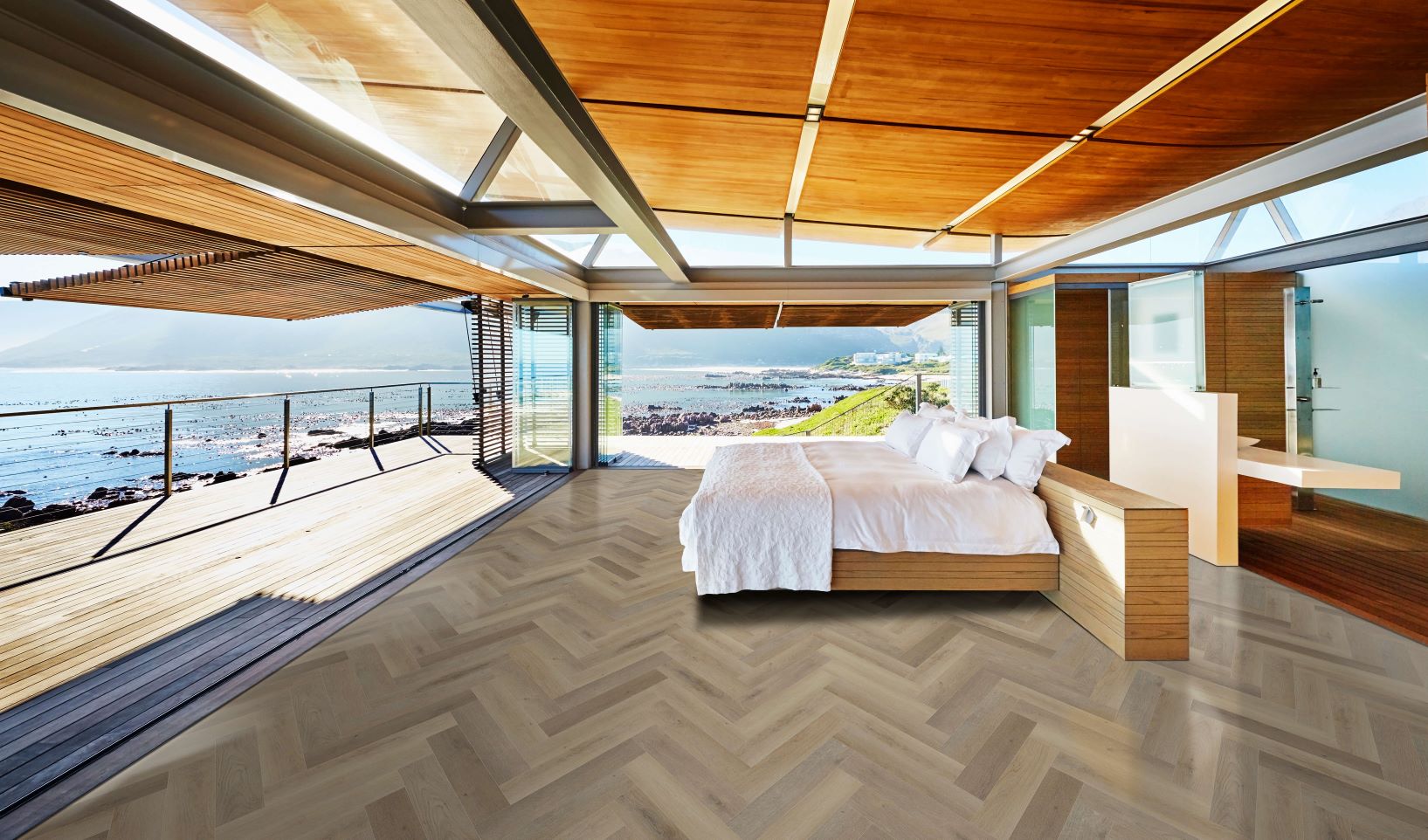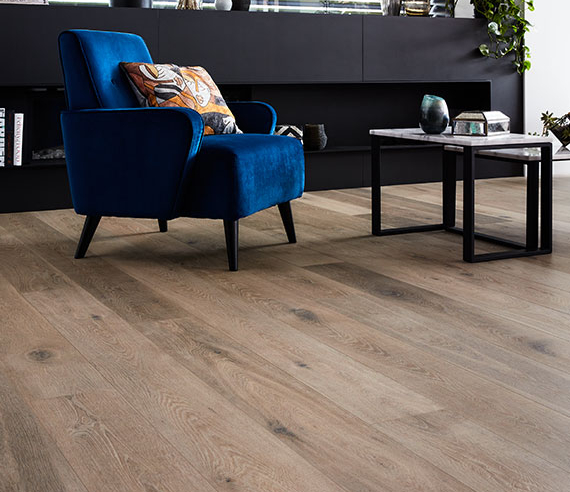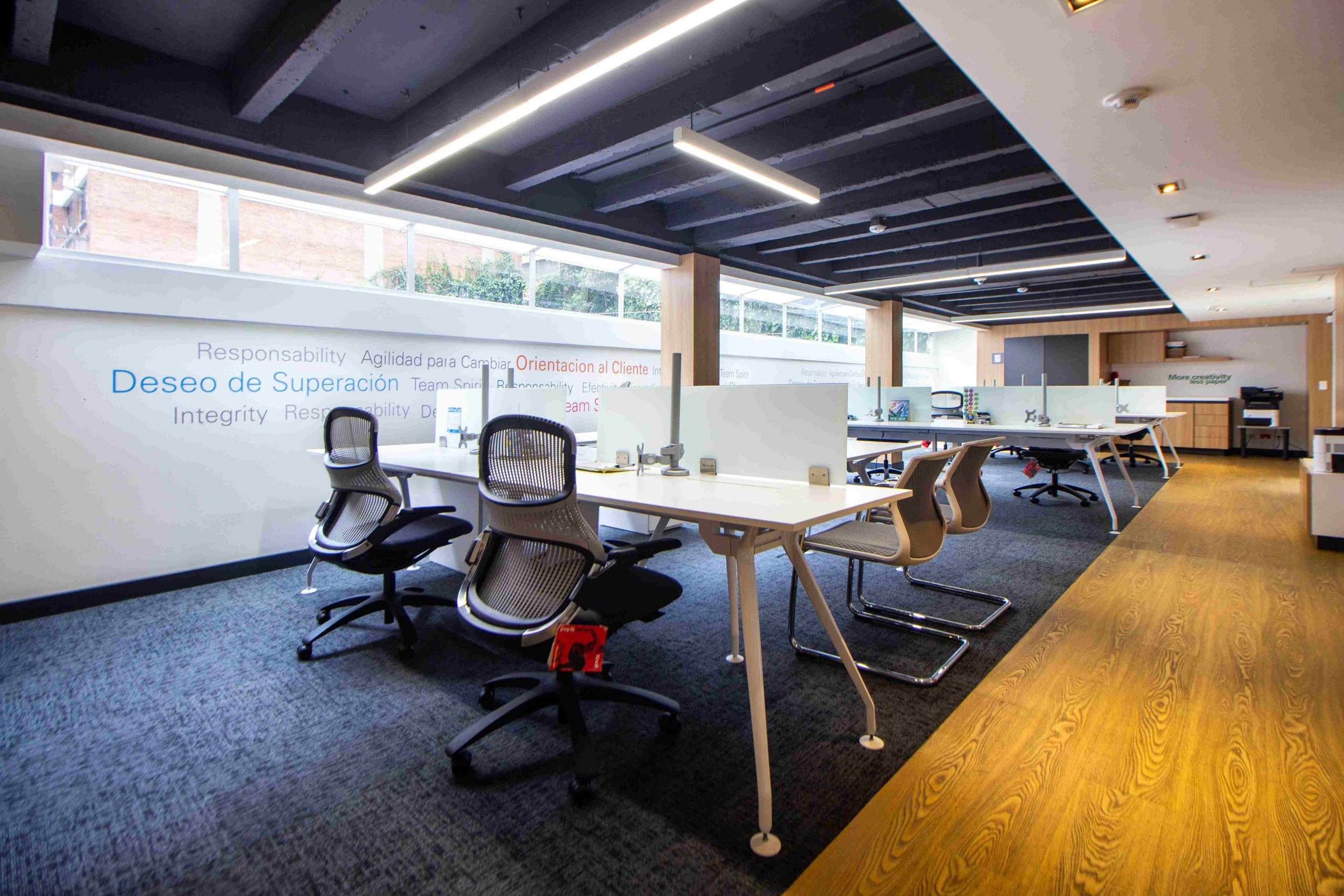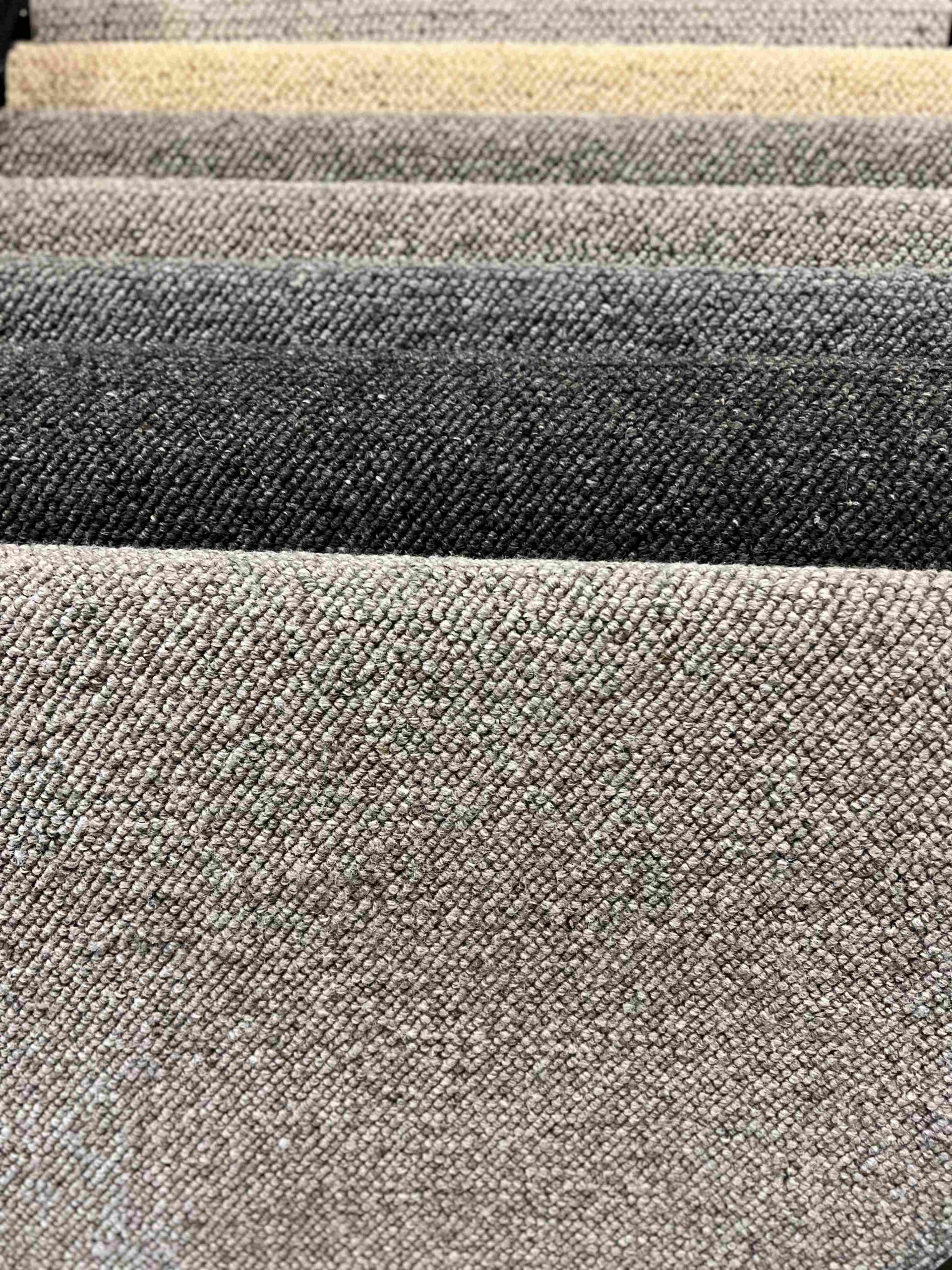Nowadays, flooring design is just as important as other features of our house or office. It either makes us feel comfortable or stressed. The products used to cover our floor have become so diverse. Although this staggering diversification has given us the chance to choose the most compatible design, it is not easy to pick one. Why is that? Well, this is because no all types of flooring designs are suitable for you. Among all those products out there, vinyl planks stand for themselves. Here, in this short essay, we are going to know a bit about it. Let’s jump into the topic now.
What are the different types of flooring?
So, how many types of flooring do we have in the market? Basically, there are two types of it, including hard as well as soft flooring. Hard flooring can be made from marble, granite, Kota stone, vitrified and ceramic tiles. On the other hand, soft floorings are more diverse. Carpet, vinyl, laminated, hardwood, and engineered wood floorings are the most common types. However, vinyl is one of the most popular products on the market. Let see what the vinyl flooring is.
What is vinyl flooring?
To answer that question, we need some background information. Vinyl is categorized as a vinyl flooring material. You can install it by yourself. Also, it lasts longer than many other products and costs less. Additionally, although it’s synthetic, they look like real wood. It works very well in areas with high humidity. Vinyl flooring has three types, including rolls, tiles, and planks. Each of them comes with different advantages and disadvantages. However, vinyl plank is a very exciting choice for the public. Why is that? Let see what vinyl planks are.
What is vinyl planks?
Earlier we stated that vinyl planks are very exciting options, right? why is that? Well, there are many reasons to support that claim.
– First of all, you don’t need to spend too much on it.
– Secondly, its durability is one of the best in the market. The remarkable durability of the vinyl planks is due to the four-layer structure. The first layer on the surface is the wear layer, followed by printed and fill layers. Finally, backing keeps it steady and attached to the ground.
– Vinyl planks are available in many different patterns and colors.
– Vinyl planks are compatible with places and countries whose moisture and humidity are high. In fact, they are 100% waterproof. So, you don’t need to think about spending too much on maintenance. It is usually placed between the printed layer and backing.
How to install vinyl planks?
Vinyl products are the best options for DIY aspects. You can easily install the planks in three different ways, including glue, interlocking, as well as loose lay. Installing with glue results in the most stable flooring in your house or office. This is perfect for areas when too many people come and go. However, if you are one of those people who constantly change the style of their house/office, interlocking and loose lay are better options since they can be easily replaced.
Summary
Here, we tried to convinced you why vinyl planks could be the best choice for many of you. It’s durable, cheap, and effectively changeable. Also, they come in many patterns and colors satisfying everybody’s taste.






